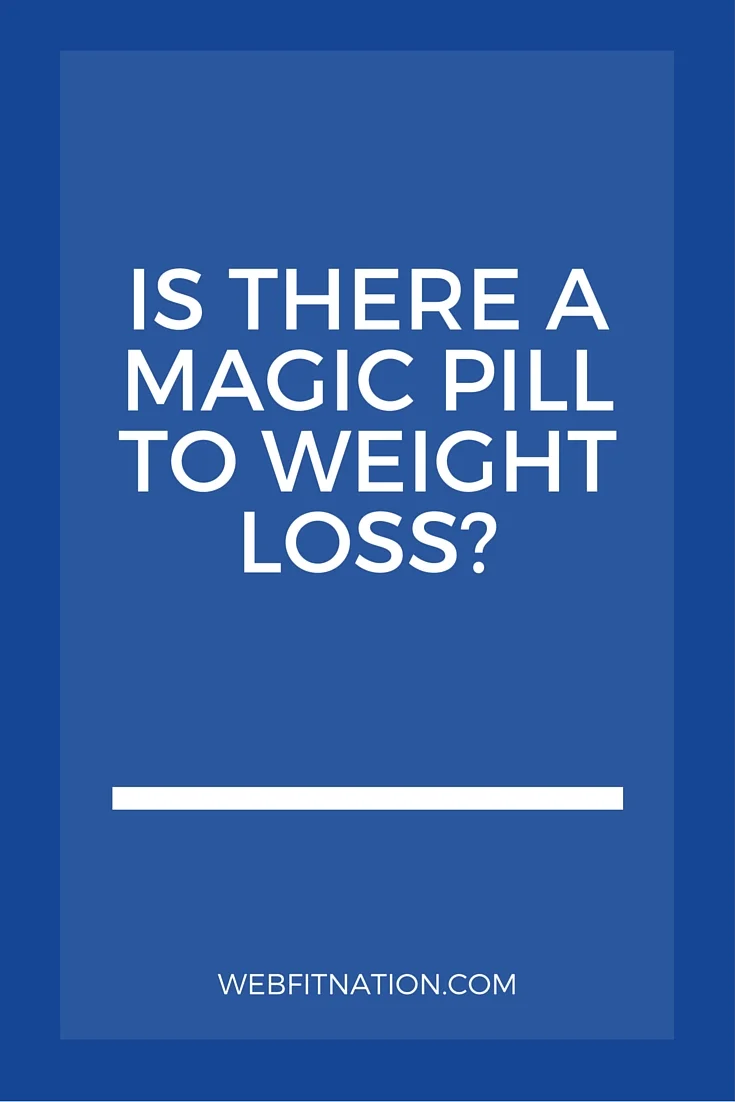It may start as trouble at work, an argument with your spouse, financial trouble, or overwhelmed with errands that you just don't have time to complete.
An inkling of worry might soon grow into an avalanche of anxiety. That kind of stress can keep you up at night. It can send your mind racing with potential "what ifs" and worst-case scenarios.
Stress is like a snowball rolling down a mountain. It gains momentum, gains speed and grows until it crashes. That crash, unfortunately, is often at the expense of your health.
The stress response originally was a lifesaving biological function. Stress enabled us to run from predators or take down prey.
Unfortunately, stress has become a new normal for many of you.
What happens to your body when you are stressed out?
When you feel stressed, your body ramps up production of the stress hormones. These hormones are cortisol, adrenaline, and norepinephrine.
Whether it be an imaginable moment watching a scary movie. Or a moment where your company is cutting jobs and you don't know your future. Your heart rate increases. Your lungs take in more oxygen, and blood flow increases.
Parts of your immune system become suppressed, which reduces your inflammatory response to pathogens and other foreign invaders.
Weight gain and/or difficulty losing weight in general is a common problem associated with stress. Stress induced weight gain typically involves an increase in belly fat, which is the most dangerous fat for your body to accumulate as it increases your risk for cardiovascular disease.
The biggest issue I run into in coaching is gut issues that are stress induced. This is because your gut and your brain are in regular communication.
Embedded in the wall of your gut is your enteric nervous system (ENS), which works both independently of and in conjunction with the brain in your head.
This communication between your "two brains" runs both ways, and is the pathway for how foods affect your mood or why anxiety can make you sick to your stomach.
Stress is an inescapable part of life. It's important to understand that it is how you deal with stress that will determine whether it will translate into health problems later on.
Ultimately, what you do for stress relief is a personal choice. Your stress management techniques must appeal to you and, more importantly, work for you. If a round of kickboxing helps you get out your frustration, then do it. If meditation is more your speed, that's fine too.
There are some basic strategies to help you handle stress. One key strategy is to make sure you get adequate sleep, as sleep deprivation dramatically impairs your body’s ability to handle stress. Regular physical activity and a healthy diet are the foundational elements your body needs to bounce back from a stressful event.
Stress used to be a life saver. Stress is now an underlying source of many health issues. Take a deeper look into how you handle stress and make improvements where you see fit. Your life depends on it.





















